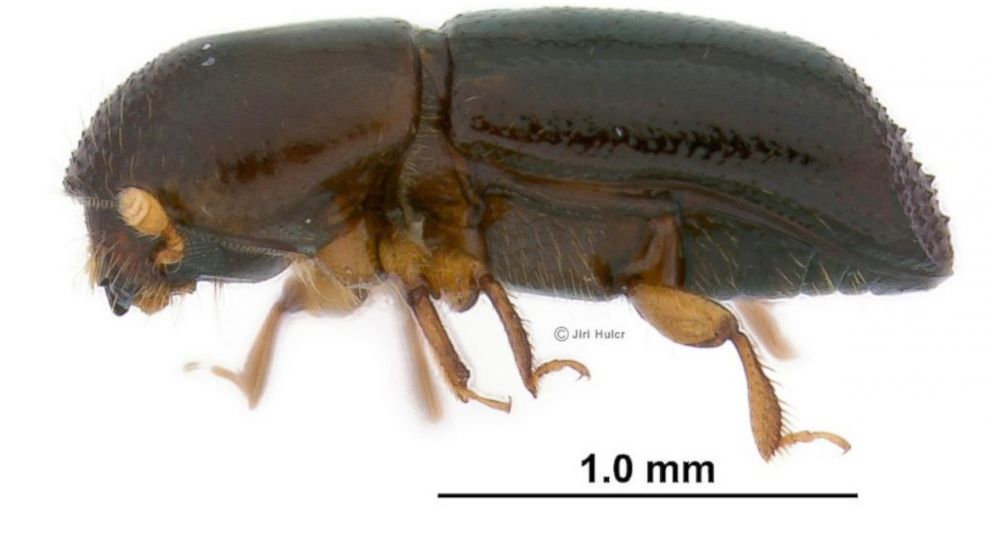Fungus-Spreading Beetle and Other Invasive Species
Some of them are out of control, others more manageable.

— -- intro: The tiny redbay ambrosia beetle is causing giant problems for the Everglades, spreading a fungus that has killed trees across Florida's wetlands.
The beetle is from southeast Asia and likely arrived in a shipment of wood packing material, according to The Associated Press
Whatever the preferred method of transport, there are other equally prolific and economy-damaging species that put U.S. native habitats at risk, including a predatory fish that breathes air and "walks" on land, the Africanized honey bees that have been known to attack people and large animals, and the Asian carp that have been under increased federal monitoring in Chicago.
Here are six others of note:
quicklist: 1category: 7 Invasive Speciestitle: The Northern Snakehead Fish url: text: First spotted in the Chesapeake Bay in Maryland a decade ago, the Asian northern snakehead fish breathes air and "walks" on land. Native to Africa and Asia, and known to supplement its primary diet of other fish with the occasional small mammal, this species is so fearsome that Maryland requires anglers who catch them to kill them immediately. Competitive snakehead fishing has the same goal. Virginia fisherman must not only kill them but report the catch to authorities, to help officials track their every move. They're OK for grilling, though.
media: 24718090
quicklist: 2category: 7 Invasive Speciestitle: Kudzu url: text: The so-called Vine That Ate the South will smother anything in its path unless kept in check, killing or damaging other plants. The legendary plant has menaced the southeastern United States for decades. It's native to China and Japan.
media: 24718158
quicklist: 3category: 7 Invasive Speciestitle: Asian Carpurl: text: Some of these veracious eaters are so big and agile that they they've been known to injure people when boats startle the fish and send them jumping up to 10 feet in the air. Their predatory ways are of particular concern in the Great Lakes region.
media: 24717715
quicklist: 4category: 7 Invasive Speciestitle: Tallow Treeurl: text: Ben Franklin has gotten a reprieve, thanks to researchers at Rice University in Houston. Turns out the multi-talented founding father didn't import the particular tallow trees now classified as an evasive species, running wild through thousands of acres along the U.S. coastal prairie from Florida to East Texas.
"The genetic evidence ... clearly points to it being descended from eastern China, probably in the area around Shanghai," Rice biologist Evan Siemann said of the species that has thrived at the expense of other foliage.
DNA evidence has exonerated Franklin, who apparently imported a less unwieldy batch of the trees from London in the late 17th century. But the invasive variety grows and spreads faster than its Chinese relatives, despite investing "far less energy in producing chemicals that ward off insects," according to the Rice University researchers.
media: 24717764




